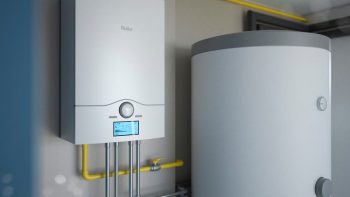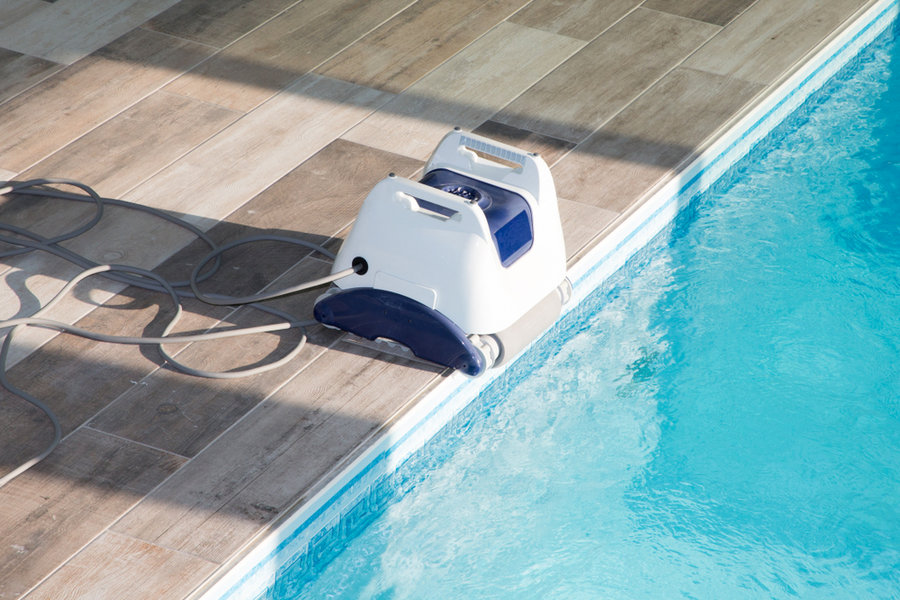
Undoubtedly, cleaning a pool is an arduous task. But spending time by the pool or in it is only great if it is well-maintained.
Fortunately, pool maintenance is much easier today, thanks to pool cleaners. You must connect the pool cleaner, place it in the pool, and give it some time.
Depending on the size of your pool, it can get the cleaning job down in a few minutes or hours. But like every other automated tool that makes life easier, an automated pool cleaner may run into a few issues causing it to stop moving. But what can cause your pool cleaner to stop moving?
When your pool cleaner is not moving, it is commonly associated with a suction problem caused by air in the vacuum hose or blockage. Below are reasons why your pool cleaner is not moving:
- Short hose
- Clogged suction tube
- Air bubbles trapped at the return line
- Low pressure
- The bypass valve has popped
- The pool cleaner is not lying flat
- Cleaner caught on the step
The lifespan of pool cleaners ranges between 4 and 8 years, so if you haven’t been using your pool cleaner that long and it stops moving, it probably needs basic troubleshooting.
This article explains some common reasons your pool cleaner is not moving and what you can do to fix the issue.
Common Reasons Your Pool Cleaner Is Not Moving
When you turn on an automated suction pool cleaner, water flows from the pool pump, passing through it. The water moves the cleaner’s diaphragm to create a pulsating motion, moving it around the pool and picking up debris from the walls and floor.
Several issues could affect the pool cleaner’s normal working principle, causing it to stop moving.
Below are some of those common reasons to look out for:
1. Short Hose

One of the most common issues with pool cleaners that can make it stop moving is when the hose is too short for the pool. A short hose influences the coverage of your pool, limiting how far the cleaner can go.
Also, if the hose is bent, it restricts the suction. In such cases, getting a longer replacement hose will fix the issue.
2. Clogged Suction Tube

If you have a long suction tube, but the pool cleaner is still not moving as it should, it could be because the suction tube is clogged. Pools are notorious for getting filled with sediments, dirt, and debris.
The suction tube may get clogged during cleaning, restricting water flow. In such cases, using a metal rod to probe one end of the tube may help to loosen the clog.
3. Air Bubbles Trapped at the Return Line
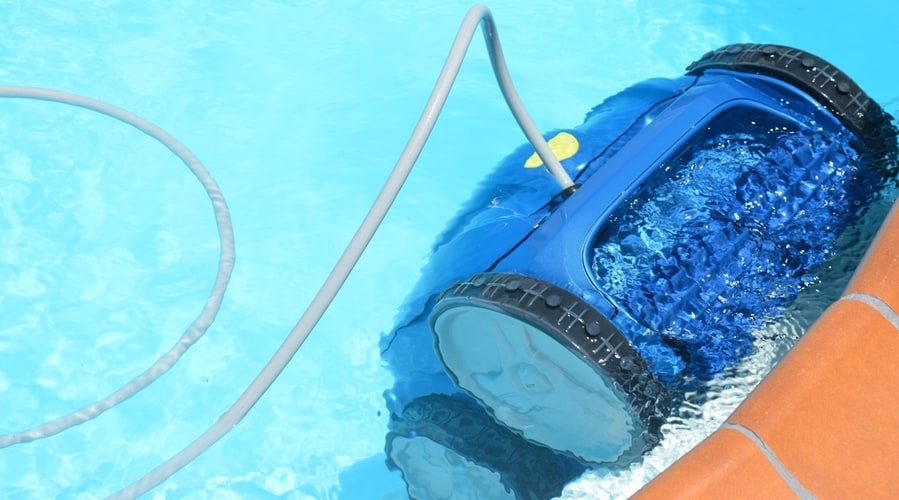
Trapped air bubbles in the hose or connections are another issue with a pool cleaner that can cause it to stop working.
If the connection is ill-fitted or the hose is punctured, air leakage into the system will create bubbles at the return to the wall fitting. As such, it affects how the pool cleaner functions, which can cause it to stop working.
Don’t hesitate to check the hose and vacuum connection to confirm any air leaks. If the leak is from a loose vacuum connection, you should tighten it.
4. Low Pressure
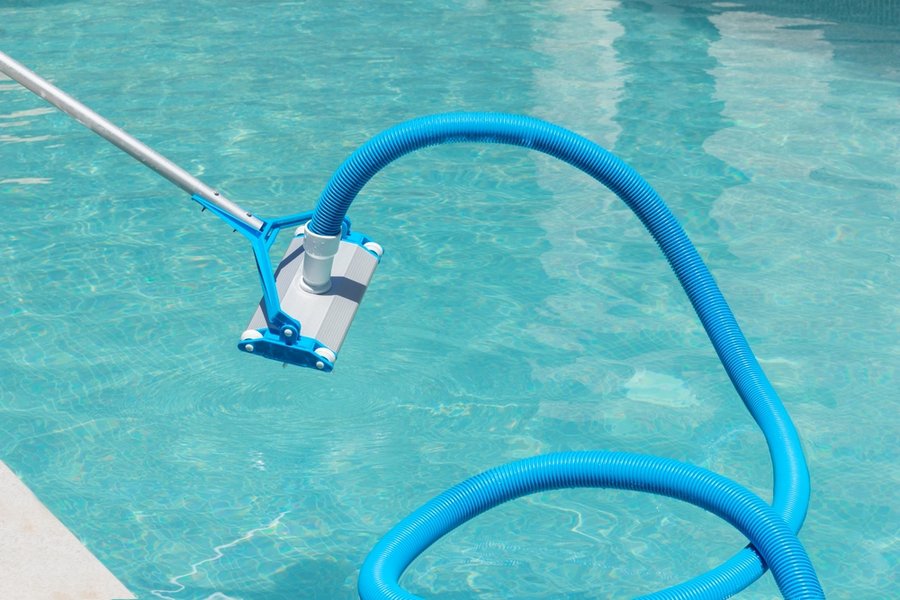
When the pressure getting into the pool cleaner is very low, it affects the movement of the pool cleaner. In such cases, the motor and power do not match.
You know you are dealing with a motor problem when its operating sound is unusual or won’t pump close to the usual flow.
If the pool does not have a suitable filter, the main water supply sediments may clog the pump, causing all sorts of issues.
Cleaning any partial obstruction downstream and the water filter may help solve this issue. Also, check if you have the right size of motor and impeller for your pool.
5. The Bypass Valve Has Popped

If something is stuck beneath the pool cleaner, it may cause the bypass valve to pop due to high pressure. In such cases, it changes the direction of the water flow through the pool cleaner, causing it to stop working.
The way forward is to inspect to find what is causing the blockage so you can close the bypass valve again.
The backwash, pump basket, and even the pump impeller may be responsible for the bypass valve popping, and cleaning them can fix the issue.
6. Pool Cleaner Is Not Lying Flat
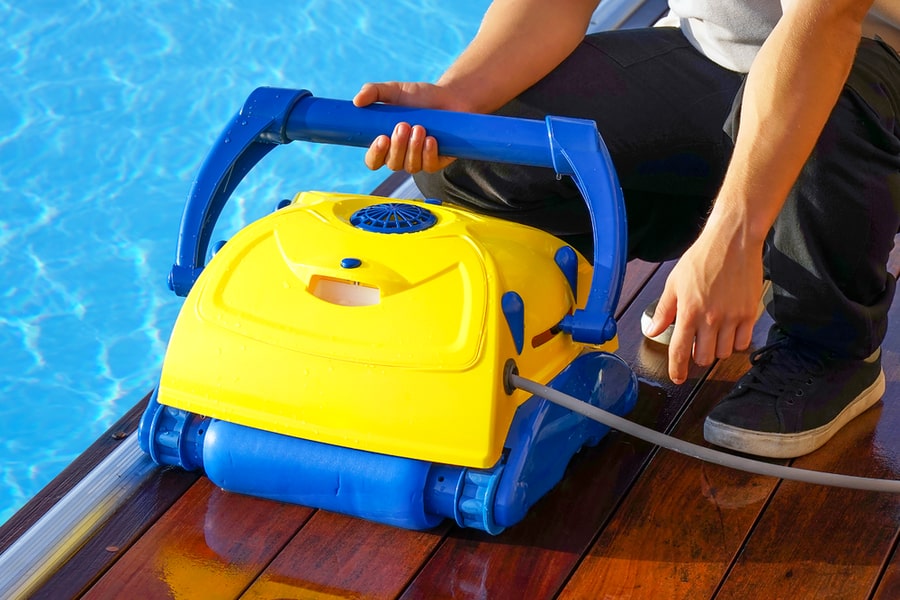
Pool cleaners are typically made with polyvinyl alcohol brushes, which don’t absorb water. As a result, the cleaner doesn’t sit in the pool flat.
But you can navigate around this by placing the cleaner in the pool for a few minutes to soften the brushes.
Leaving the cleaner in the pool for about 30 minutes or more softens the brush, allowing the cleaner to be flatter, moving freely in the pool.
7. Cleaner Caught On Sand or Pebbles
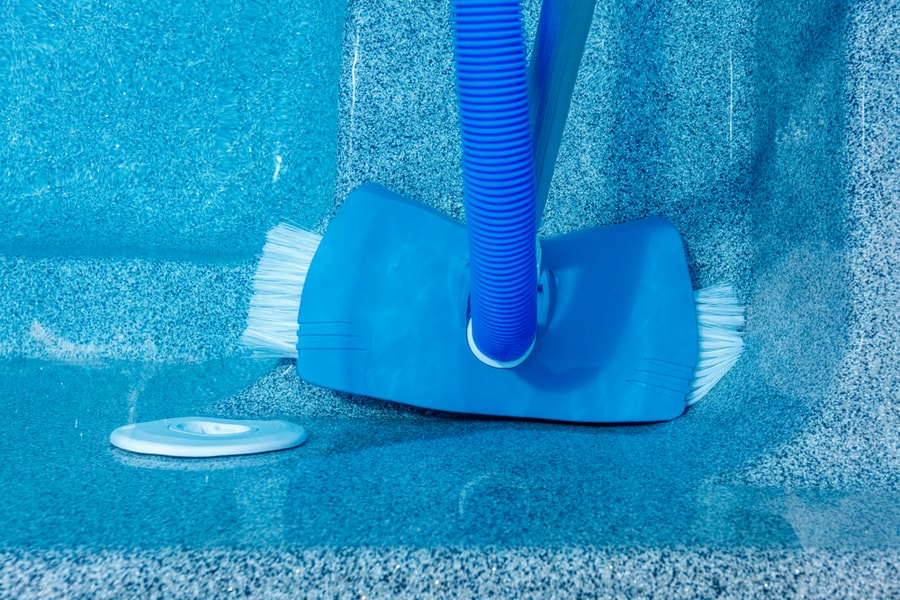
The pebbles or sand underneath the pool can restrict the movement of the pool cleaner’s wheels or belt. If the pressure of the pool cleaner is low, it is more susceptible to getting caught in the pebbles.
Pressure as low as 17 PSI is prone to causing issues, so set the pressure of the washer to approximately 30 PSI.
You should also check that the filter, booster, and inline strainer are not clogged with sand or pebbles.
Conclusion
With the tips in this guide, you should be able to figure out why your pool cleaner refuses to move. As you can see, many issues can arise to limit the movement of your pool cleaner.
Addressing the issues can help the pool cleaner move again in no time.
If, after checking everything suggested in this guide, your pool cleaner still wouldn’t move, contact a technician to inspect the pool cleaner; perhaps the issue is more severe than you anticipated.
Frequently Asked Questions
Why Does My Pool Cleaner Move Too Slowly?
When your pool cleaner is moving too slowly, it is likely because the pool filter, skimmer basket, or intake hose is clogged.
To fix the issue, turn off the pump and clean the intake hose and other parts that may be clogged, like the skimmer basket, which may contain a lot of debris and leaves.
Why Is the Bottom of My Pool Not Getting Cleaned?
One of the common reasons the bottom of your pool is not getting cleaned even though the pool cleaner is working could be because the brush is worn out.
In such cases, you must get a new replacement brush to fix the issue. The suction vent may be the culprit in this case as well.






